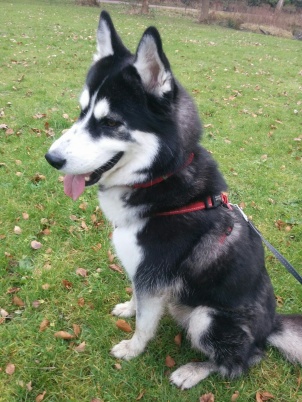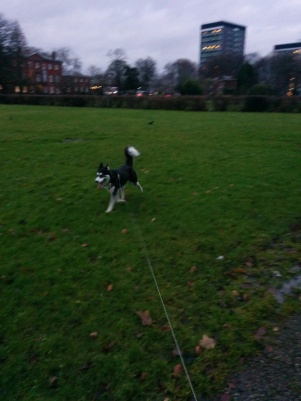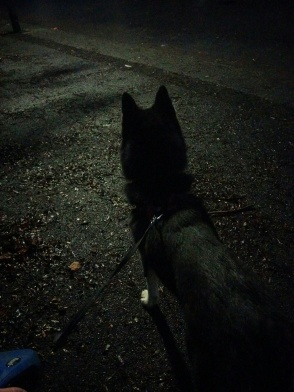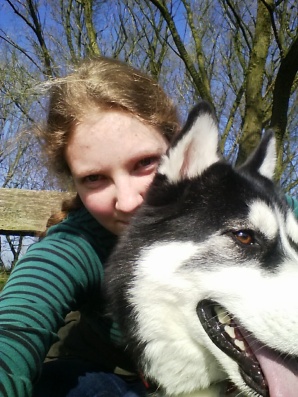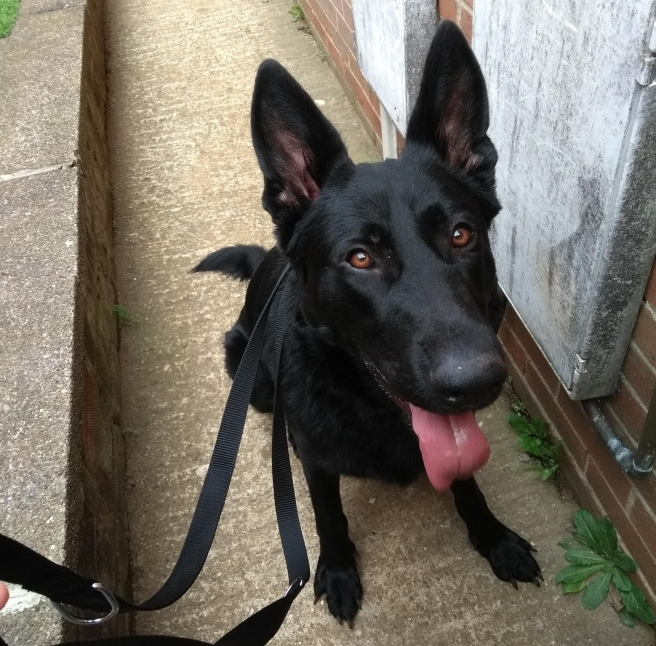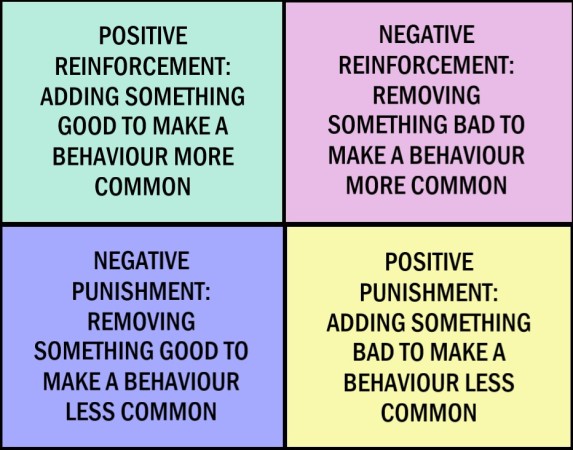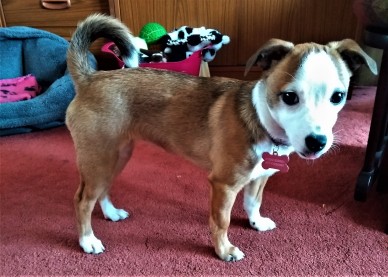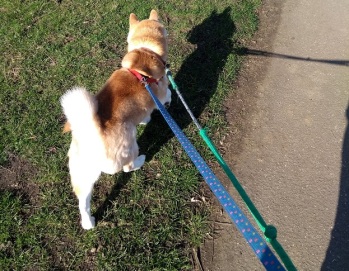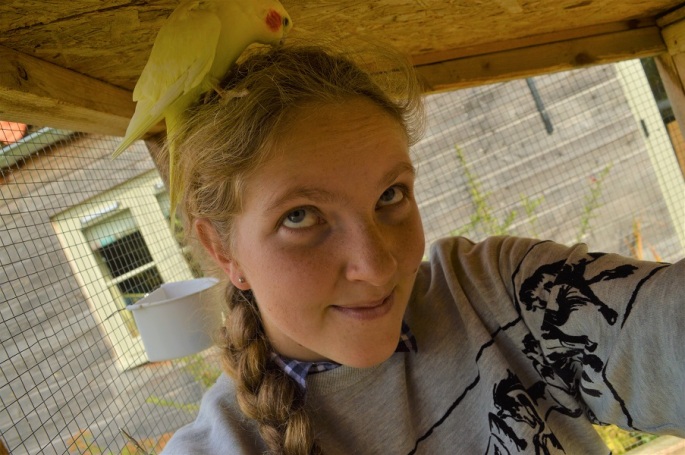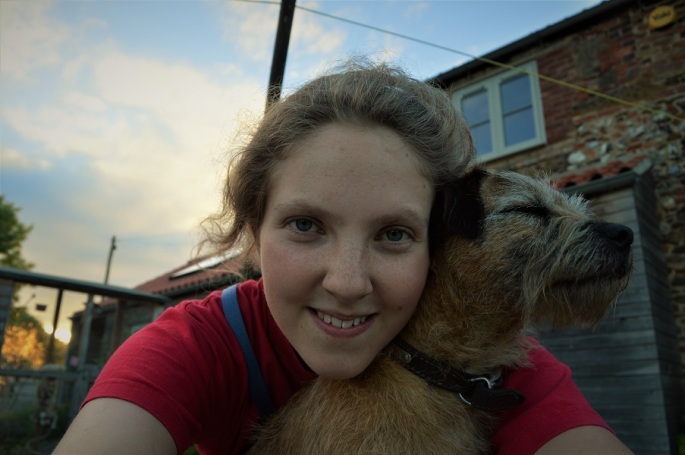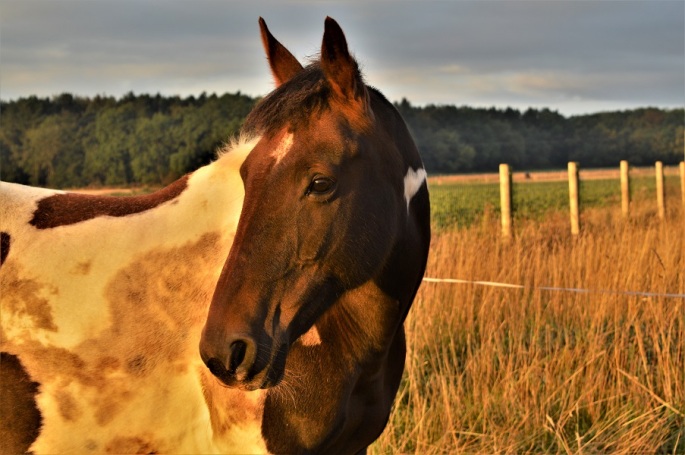“Reward him when he does that” I say to my client as his dog offers a perfect sit with eye contact, instead of lunging forward in a frenzied attempt to reach the mother and pushchair passing us by.
He obliged, exclaiming “it’s amazing what a bit of bribery will do!”
I take objection to training using treats being referred to as bribery.
The use of treats in dog training falls into the category of positive reinforcement, around which I base most of my techniques. I do not, however, believe that positive reinforcement in isolation is ideal for training dogs – in fact, it is near impossible to avoid negative reinforcement and negative punishment being present at some point in a dog’s life: even the act of putting your dog’s lead back on as you’re leaving the park is an example of this. We often seem to forget that dogs are learning from us every second that we spend with them, not just when we decide that it’s time to train.
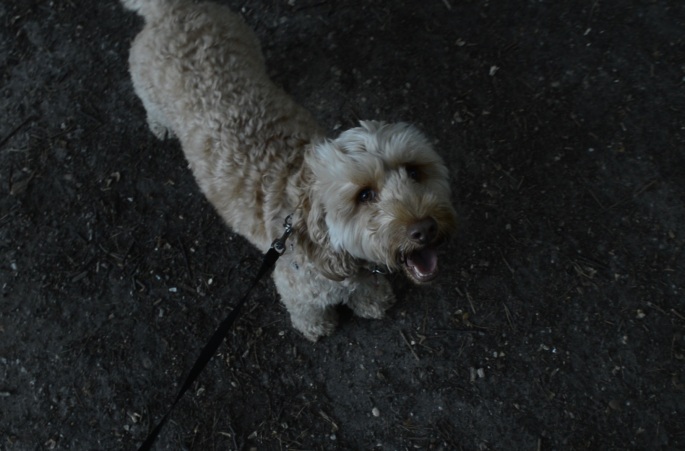
Often it seems that people expect a dog to be motivated to work for them without any incentive. For some breeds, this can be rewarding – for example, retrievers have been bred and trained over the years to work closely with their handlers, and are more dependent on receiving instruction than the terrier breeds, which have always been very independent and fulfilled their roles in controlling vermin largely without human intervention.
However, a dog will soon learn to ignore if they do not perceive that there is any benefit to obeying – unless they are punished for their lack of cooperation, through which they will learn from a place of fear rather than of respect.
Food rewards during training are a valuable resource, and will produce a dog that is more engaged and willing to learn.
I frequently remind my clients that it is not an expectation that treats will be included in the dog’s regime for the rest of its life – in fact, once the foundations of the training are in place, gradually phasing out food rewards and giving them intermittently can serve to enhance the dog’s enthusiasm.
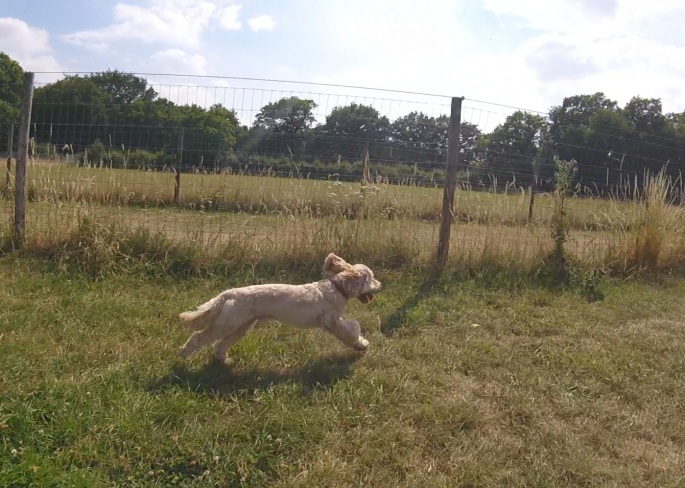
On the other hand, correct use of food rewards is crucial.
Waving a treat in front of a dog’s nose and then asking it to sit could perhaps be classed as bribery. In the case of a dog that has never been taught to sit before, it may be acceptable, (although there are alternative methods to teach the sit), but in an adult dog that knows the command, the request should be made, the dog should oblige, and then the reward should be produced.
Similarly, rewarding at the wrong time will delay the dog’s learning – timing is essential!
The reward should come immediately after the dog has performed a good or ‘correct’ action. Often, I see a dog being rewarded too late, such that they are perceiving the reward to be for a different behaviour to that which their human thinks they are rewarding.
For example, the client mentioned above experiences problems with their young dog (Bertie*) barking and lunging at other dogs on walks. We’ve been working on keeping Bertie more focused on his owner by rewarding eye contact and improving his lead walking skills, and are currently asking him to sit while the other dog passes (this behaviour is incompatible with leaping about and pulling on the lead, and is an ideal intermediate stage while we work on his response to other dogs).
Gradually, we have seen an improvement in Bertie’s behaviour. In our most recent training session he held the sit until the other dog was about a metre away. Unfortunately the other dog was off-lead and not responding to its owner’s calls, so we had to deal with the meltdown that ensued due to it running right up into Bertie’s face.
The moment of calm while the other dog was still approaching would have been the perfect chance to reward Bertie, but the opportunity was missed (partly due to the owner’s lack of experience, and also my failure to direct him, as I was attempting to intercept the approaching dog). Following the episode of spinning, barking and growling, we had to wait some time for Bertie to calm down, before we could reward him again.
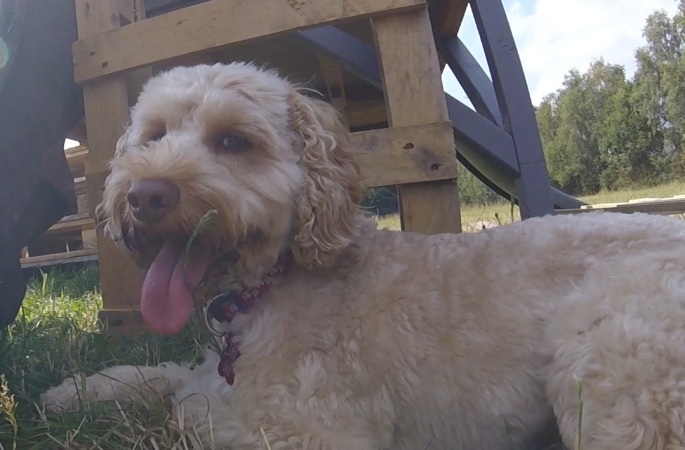
This situation is also a perfect example of where punishment would be ineffective. Bertie’s behaviour stems from anxiety about the other dogs he meets on walks, and punishing him for this would only increase his fear. If he begins to perceive the person handling him as a threat, he could begin to show aggression towards humans in an attempt to defend himself.
Training Bertie using rewards allows us to reassure him that there is nothing to be afraid of, and encourages him to engage in calm behaviour. Sitting quietly while other dogs pass is also less likely to provoke an aggressive response from them, whereas his barking often elicits the same in return, and then the situation escalates out of control.
Reward based training is not bribery. It is fair, kind, and effective.
*Name has been changed

